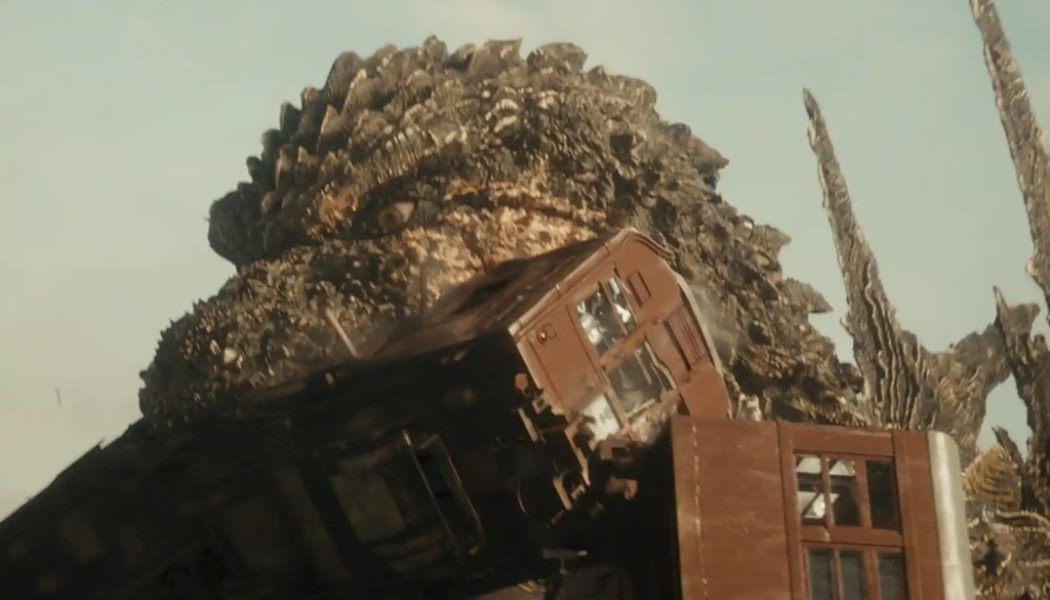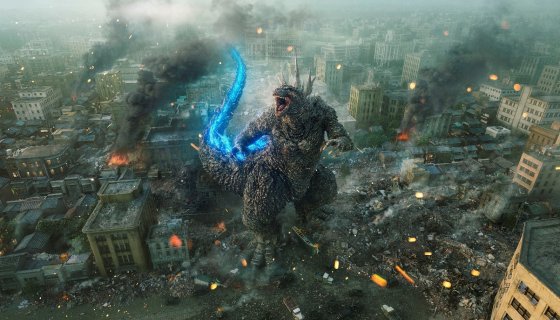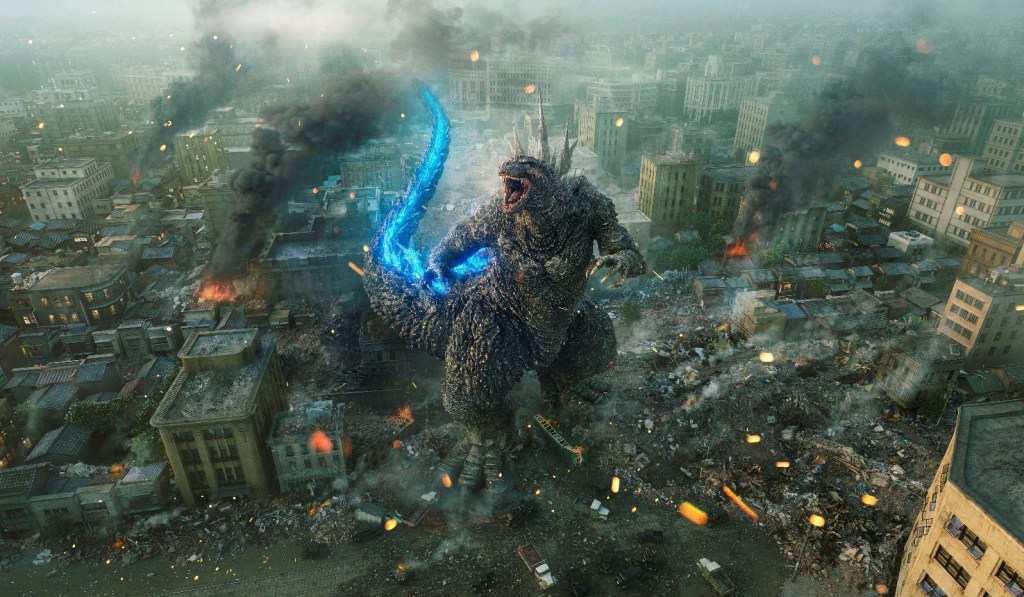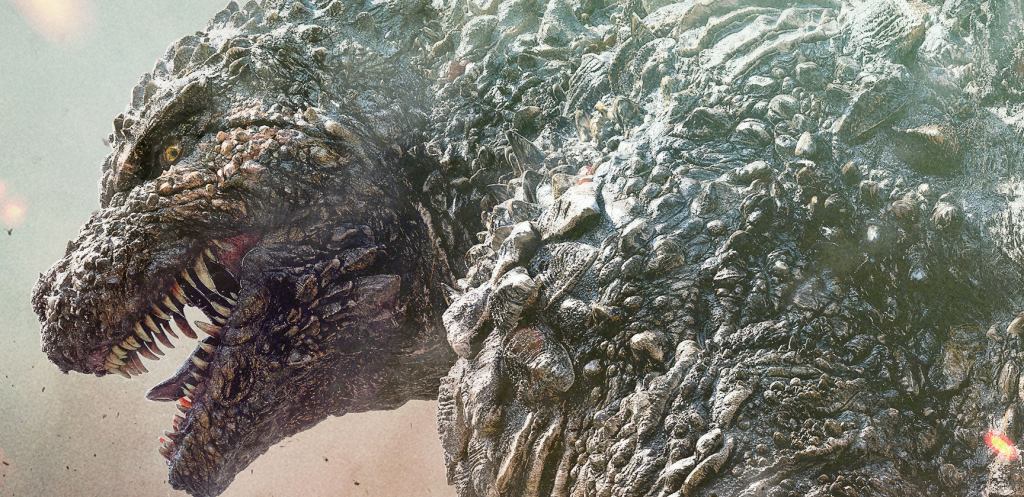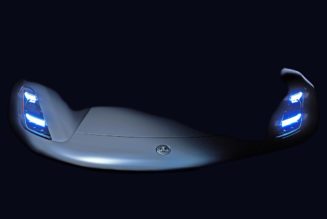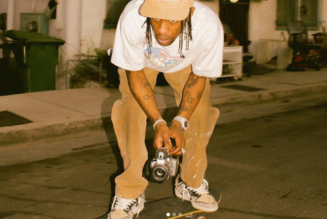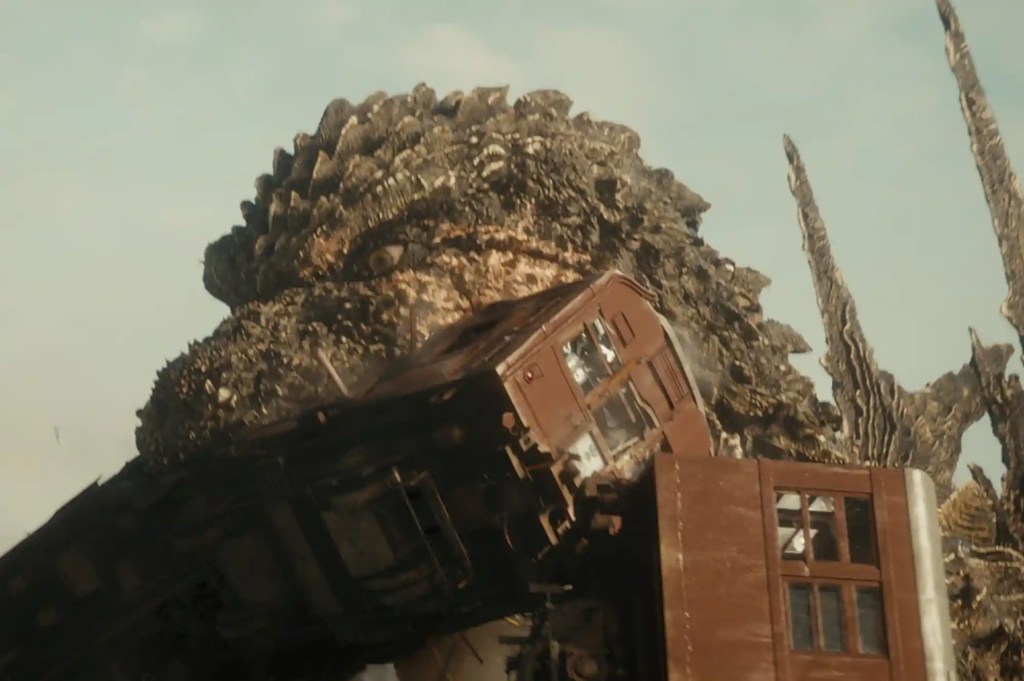
Source: Toho Studios / Toho
With all the subpar Godzilla films that have dropped on the states side over the past few years, many didn’t know whether to put any stock in the low-budget Godzilla Minus One film from this historic Toho Studios that’s slated to drop this holiday season.
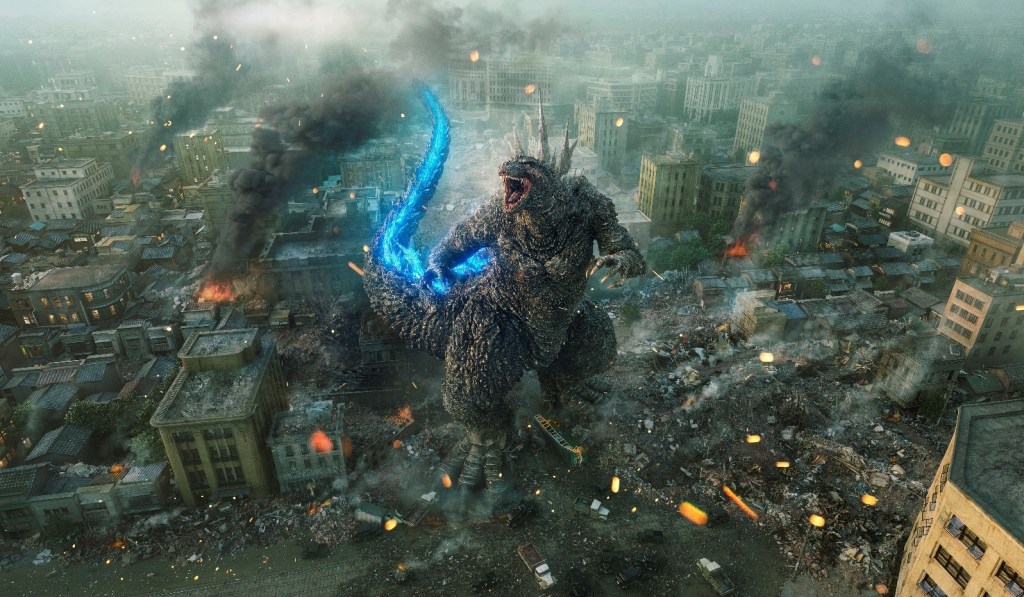
Source: Toho Studios / Toho
Well, we’re here to tell you that not only does Godzilla Minus One deliver, but it’s easily the best Godzilla film to release since, well, the 80’s. On Monday night (Nov. 20) the Japan Society in New York City held a press screening for the Takashi Yamazaki-directed epic and to say the film was well-received would be an understatement. It was loved.
Set during the 1940’s World War II era, the film follows the life of Japanese kamikaze pilot Kōichi Shikishima (Ryunosuke Kamiki) who couldn’t bring himself to sacrifice his life for his country. Chickening out of his suicidal assignment, Shikishima decides to head for safety on Odo Island where he tells his fellow countrymen that his plane malfunctioned and he couldn’t finish his job. Unfortunately for him and everyone else, a baby Godzilla the size of a T-Rex stumbles onto the island as well and things did not go well for anyone.
Returning home to the rubble that was once Tokyo, Shikishima lives in shame of his actions (or lack thereof) and finds himself having become a “family man” when a young woman named Noriko (Minami Hamabe) and an orphaned baby (Akiko) unintentionally become a part of his life. After years of battling his inner demons and trying to come to grips with his reality, Shikishima slowly begins to piece back together his life when a fully grown Godzilla re-emerges from the depths of the sea and threatens to destroy everything he’s worked so hard to build. From his “family” to a newly rebuilt Tokyo, nothing is safe from a Godzilla who just seems to hate humans. A far cry from the American Godzilla who doesn’t mind humans and is somehow a climate change activist or something—think, gentrified Godzilla.
This 1940’s era Godzilla doesn’t just want to destroy everything in its path, but is fully equipped to do so as it can shoot nuclear-powered laser beams that level entire cities and can regenerate its own flesh wounds on the spot in a matter of seconds. In other words, it’s unstoppable.
While Godzilla Minus One didn’t feature as much monster action as one might’ve been hoping for, the human story that it revolves around is as captivating and gratifying as one could hope for. You actually end up caring about these characters and how things pan out for them. As opposed to the American Godzilla films where you really weren’t bother who lived or died. Whether it was “Ferris Bueller” (Godzilla’98) or “Scarlet Witch” (Godzilla 2014), they could’ve all took fatal L’s for all we cared.
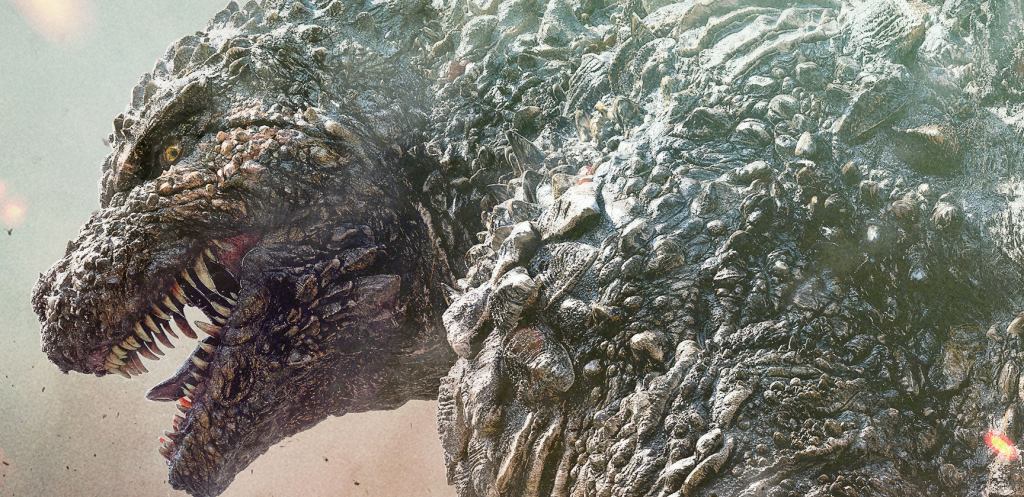
Source: Toho Studios / Toho
But not in Godzilla Minus One. Witnessing a shell of a man step into his own power while staring death in the eye, director Takashi Yamazaki was able to turn a $15 million monster movie into a priceless, soul-moving movie experience that audiences won’t soon forget. Heck, people left the screening with tears in their eyes. That’s saying something.
Will you be checking out Godzilla Minus One when it roars into theaters on December 1? Let us know in the comments section below.
